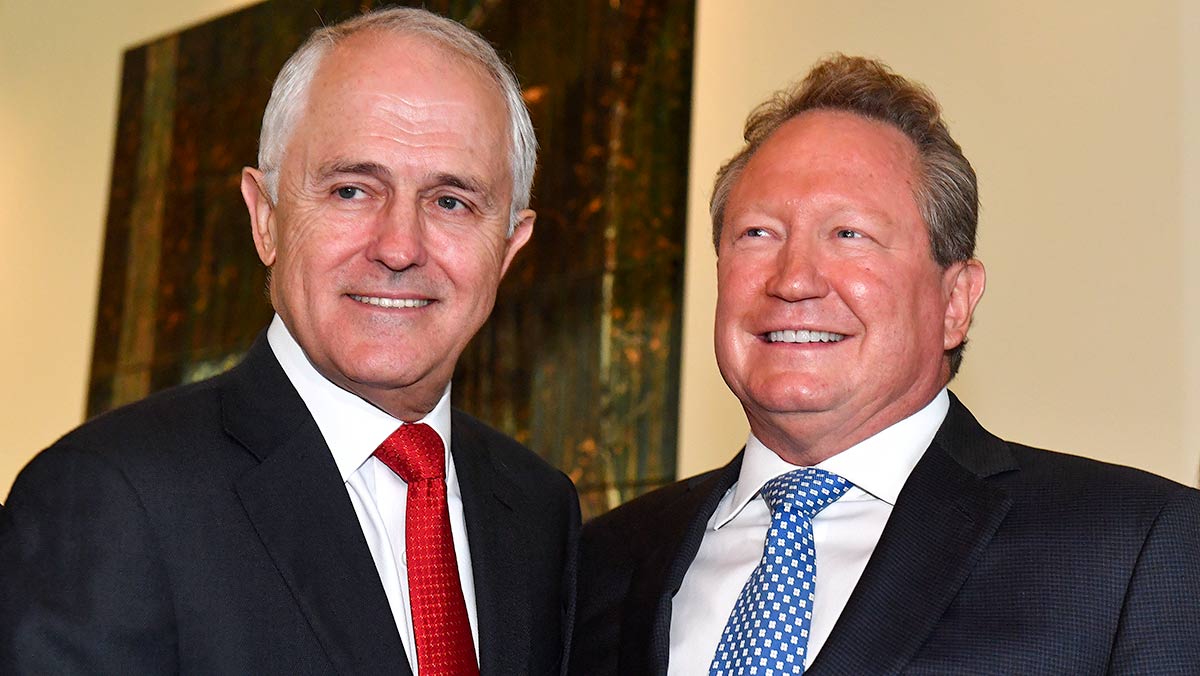Edmonton Journal
Of all the things Premier Kenney has done, removing Minister Shandro from the health portfolio has got to be the best. Now we can optimistically improve our public health system versus Shandro’s approach to destroy it or privatize it. The unfortunate side effect will be Shandro’s anti-union ideology.

I can see his plan already of destroying our public service unions. And making union membership even more difficult in this business-oriented province. But let’s remember, it is unions who are working for us, the working folks. The UCP would still have us on a six-day work week with one week off per year.
Almost all our social and work-related benefits were championed by unions and implemented because of union influence. Union membership declined as neo-liberal political views influenced our governments, but they are still one of the few organizations working to improve our lot and keep ultra-right governments at bay
Code Clements, Cherry Grove
Avoiding vaccines makes no sense
To all those choosing not to vaccinate, would you be so keen to trust natural immunity if this were a pandemic of smallpox or polio? COVID can (and does) kill. Survivors of severe infection may be permanently debilitated.
Vaccines have saved more lives than any other public health measure except for the provision of clean drinking water. Avoiding vaccination makes as much sense as choosing to drink from a dirty ditch.
D.M. Gilchrist, Edmonton
Answers needed on pandemic decisions
Dear Conservative politicians: After living through the last 19 months, and seeing you playing with decisions about our health — physically and mentally — you are now breaking our hearts.
Having a parent in long-term care has been heartbreaking. While we will all not be getting back any of the precious times we missed, there is definitely little future for our loved ones. Our most vulnerable, while many are triple-vaccinated now, have lost the last few years of their life. This without comfort from family, and unable to even see their faces.
Many questions over the last 19 months on how things were handled. Questioning now, why vaccines were not mandated for all staff earlier, and why proof of vaccination is still not required to visit in LTC. Questioning, why proof of vaccination is still not required everywhere possible. These are sad times for all of us, and we need answers, actions and better direction.
Saxon Wolf, Edmonton
Schools shouldn’t cater to unvaccinated
I have ethical concerns and legitimate questions to which I have yet to get conclusive answers. When are school boards going to mandate all staff and support staff to show proof of full vaccination?
Schools have an ethical duty to keep all children safe but what measures have been put into place to ensure all students are safe from being infected by unvaccinated school employees including maintenance and transportation staff?
By school districts enforcing school-wide vaccination mandates, students, staff, parents, volunteers and community members that visit schools would be safe, while schools upheld their ethical duty to keep children safe.
Schools do not have an ethical duty to pander to the unvaccinated. The unvaccinated have an ethical duty to comply with all safety and emergency health regulations by getting themselves vaccinated. Stop thinking it is your choice. It is not your choice; it is your ethical responsibility.
Tanna Somerfield, St. Albert












